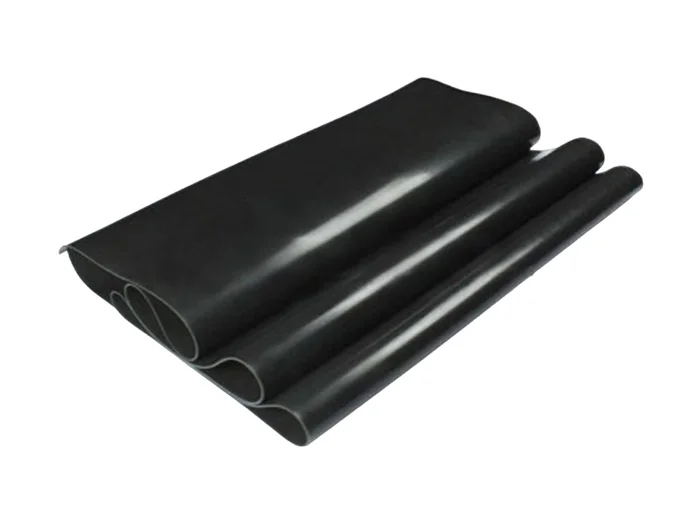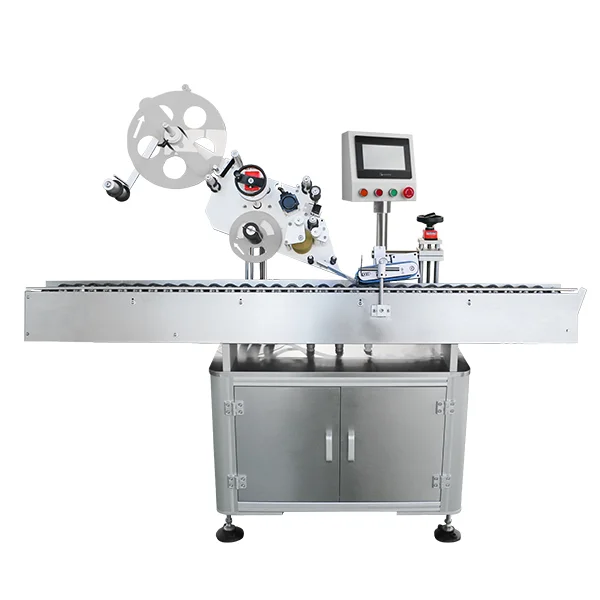In the realm of home and office printing, Canon printers stand out for their reliability and high-quality output. However, users often encounter challenges when attempting to execute a test print. Whether you are troubleshooting an issue or simply ensuring your printer is functioning correctly, knowing how to perform a test print is essential. This comprehensive guide will walk you through the process, addressing common issues and providing tips to optimize your printing experience.
Understanding the Importance of Test Printing
Before diving into the steps, it’s crucial to understand why test printing is necessary. A test print helps you:
- Verify Printer Functionality: Ensure that your printer is operational and that all components are working correctly.
- Check Print Quality: Identify issues such as streaks, smudges, or color discrepancies that may affect your documents.
- Calibrate Settings: Adjust settings for optimal performance based on the type of print job you are undertaking.
Step-by-Step Guide to Test Print on Your Canon Printer
Step 1: Prepare Your Printer
- Power On: Ensure your Canon printer is plugged in and powered on. Check that there are no error messages on the display panel.
- Check Connections: Confirm that the printer is properly connected to your computer or network. For USB connections, ensure the cable is securely attached. For wireless connections, verify that the printer is connected to the correct Wi-Fi network.
Step 2: Access the Printer Settings
- Windows Users:
- Go to the Control Panel and select Devices and Printers.
- Right-click on your Canon printer and choose Printer Properties.
- Click on the Print Test Page button to initiate a test print.
- Mac Users:
- Open System Preferences and select Printers & Scanners.
- Select your Canon printer from the list and click on Print Test Page.
Step 3: Use the Canon Printer Software
If you have installed the Canon printer software on your computer, you can also perform a test print through the application:
- Open the Canon software (such as Canon IJ Printer Utility).
- Select your printer from the list.
- Look for an option labeled Print Test Page or Print a Nozzle Check Pattern. This option is particularly useful for checking ink levels and print quality.
Step 4: Conduct a Manual Test Print
For a more hands-on approach, you can print a test page directly from the printer:
- Access the Printer Menu: Use the control panel on your Canon printer to navigate through the menu options.
- Select Maintenance: Look for a section labeled Maintenance or Setup.
- Choose Test Print: Select the option for Print Test Page or Nozzle Check. This will print a page that displays the printer’s current status and ink quality.
Troubleshooting Common Issues
If your test print does not yield satisfactory results, consider the following troubleshooting steps:
- Check Ink Levels: Low or empty ink cartridges can lead to poor print quality. Replace any cartridges that are low on ink.
- Clean Print Heads: Over time, print heads can become clogged. Use the printer’s maintenance menu to run a print head cleaning cycle.
- Update Drivers: Ensure that your printer drivers are up to date. Visit the Canon website to download the latest drivers for your model.
- Paper Quality: Ensure you are using the correct type of paper for your print job, as this can significantly affect print quality.
Conclusion
Performing a test print on your Canon printer is a straightforward process that can save you time and frustration in the long run. By following the steps outlined in this guide, you can ensure that your printer is functioning optimally and producing high-quality prints. Regular maintenance, including test prints, will help prolong the life of your printer and enhance your overall printing experience. Whether you are printing documents for work or cherished photos, a well-maintained Canon printer will deliver the results you expect.



